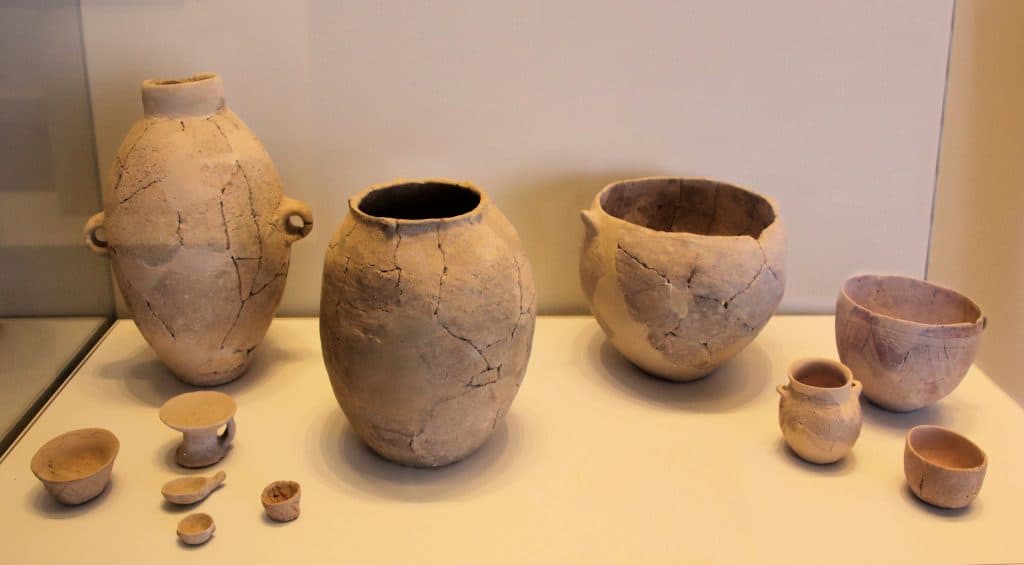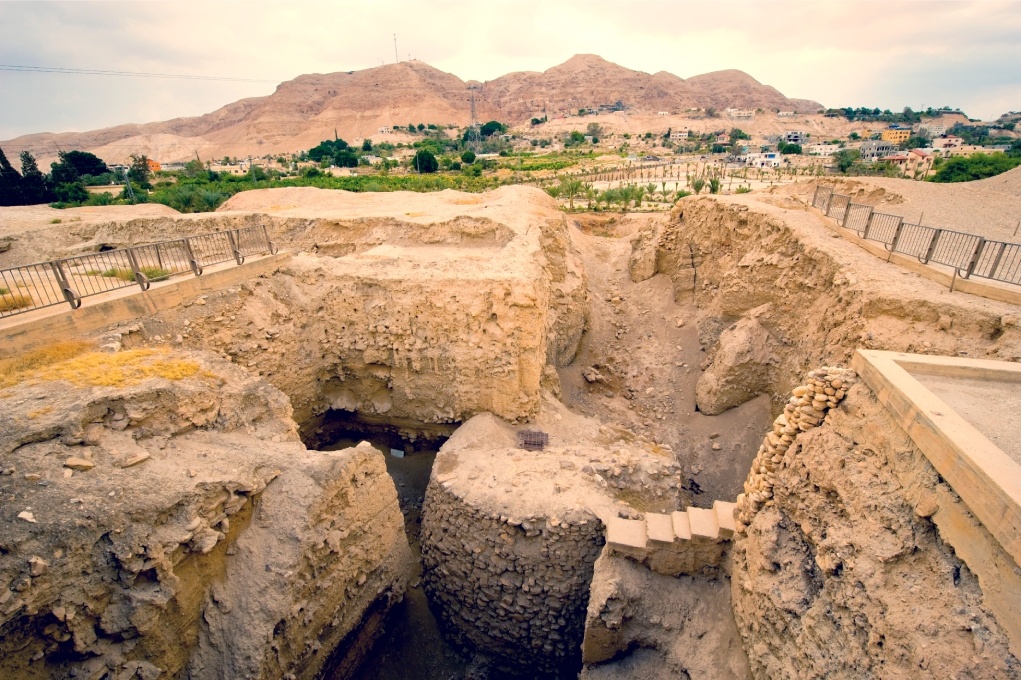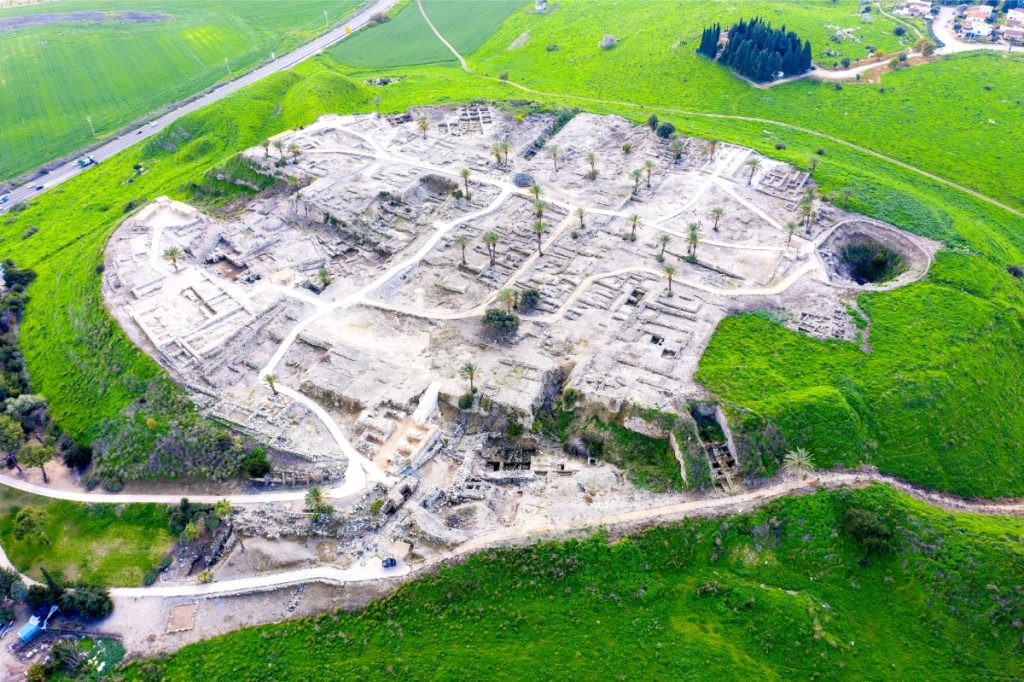The Neolithic period, often called the New Stone Age, marked a significant turning point in human history with the emergence of agriculture and the transition from hunter-gatherer societies to settled agricultural communities. In Israel, the Neolithic period witnessed early farming practices flourishing and complex societies’ development. In this post, we delve into the Neolithic period in Israel and explore its transformative impact on human civilization.

The Neolithic period, which began around 12,000 years ago, heralded the Agricultural Revolution. In Israel, this revolution was characterized by the domestication of plants and animals, leading to a shift from a nomadic lifestyle to settled agriculture. The cultivation of crops such as wheat, barley, legumes, and flax, along with the domestication of animals like sheep, goats, and cattle, enabled food production on a larger scale and fostered the establishment of permanent settlements.
Neolithic Period: The Birth of Agriculture
With its diverse ecological zones, Israel played a crucial role in developing early agricultural practices. The region’s Mediterranean climate and fertile lands provided ideal conditions for the cultivation of crops. The earliest evidence of agriculture in Israel dates back to the Pre-Pottery Neolithic A period (PPNA), around 10,000 to 9,000 years ago, in sites such as Jericho (Tell es-Sultan). These early agricultural communities gradually expanded their knowledge and techniques, paving the way for more advanced agricultural practices in subsequent periods.

The Importance of Domestication:
The domestication of plants and animals during the Neolithic period in Israel brought about significant changes in human society. Domesticated plants provided a stable and reliable food source, allowing for surplus production and the growth of populations. The domestication of animals provided food and facilitated transportation, labor, and the development of new industries such as textiles.

Settlement Patterns and Architecture:
The advent of agriculture led to permanent settlements in Israel. These settlements consisted of clustered houses, communal spaces, and storage facilities. Prominent Neolithic sites such as Tel es-Sultan (Jericho), and Tel Megiddo provide valuable insights into the architectural advancements and social organization of Neolithic communities in the region.
Cultural and Technological Advancements:
The Neolithic period in Israel witnessed remarkable cultural and technological advancements. Pottery production became widespread, allowing for better food storage and transportation. The development of advanced tools, including ground stone tools, such as sickles and axes, revolutionized agricultural practices. These technological advancements played a crucial role in the productivity and efficiency of early agricultural communities.

Artistic Expression and Religion
The Neolithic period in Israel also witnessed the emergence of artistic expression and religious beliefs. Intricate pottery designs, figurines, and rock art demonstrate these early societies’ creativity and symbolic significance. Archaeological sites such as Göbekli Tepe in modern-day Turkey highlight the existence of elaborate monumental structures possibly used for religious or communal purposes.
The Epipaleolithic Period

Neolithic Period: Conclusions
The Neolithic period in Israel marked a transformative era in human history. The transition from hunting and gathering to agriculture brought profound changes in societal organization, settlement patterns, technology, and cultural expressions. The birth of agriculture laid the foundation for the subsequent development of complex societies and the rise of civilization. The study of the Neolithic period in Israel provides valuable insights into the agricultural revolution and its lasting impact on human civilization.

